Fitting Infills and End Panels
INFILLS
Flush infills allow cabinets to run square against walls that may be out of square. They also allow your door to open wider giving you more access to the cabinet. These are trimmed or scribed to fit and one of the last things to install in your project.
First measure the top and bottom distance from your carcass to the wall. These may or may not have two different measurements based on how good your walls are.
Take these measurements and mark them on the infill panel in preparation to be cut. The edge side will run parallel to your straight door edge and the ‘un edged’ side will be cut to match the wall contour.
Try and dry fit to the infill gap to ensure a good fit and adjust if required before moving to the next step.
Once cut and checked find the 20mm x 20mm white dowel with the white facing edge showing outwards screw this to your edged infill using 28mm screws - one each at the top and bottom.
Taking the infill do a second dry fit to ensure no obstacles are in the way before fixing.
If all looks to be OK, pre drill two holes inside the cabinet and place two 28mm screws in these holes ready to fix.
Remembering the face of the infill needs to match the face of the door which is 20mm from the front edge of the carcass. Once in position, fix through into the dowel and place white caps over the screw heads. Note you will see a small white edge of the dowel through the small gap created hence why the dowel has a white covering.
In some cases you may want to use the infill ‘off cut’ to fix a piece for the gap left underneath but this is personal choice if you do or don't.
END PANELS
Fitting your end panels is exciting as it signals your project is nearing completion!
Match your panels with the corresponding cabinet in preparation for fixing.
Mark and pre drill holes in each corner of the carcass with taller cabinets also requiring additional mid holes front and back to secure the panel.
Place the panel in line with the top of the carcass and 20mm forward in line with your door faces. Your panel should line up with the back of the cabinet flush with void leaving this automatic 20mm protruding past the carcass if this helps.
Once in position, clamp and fix through the carcass into the panel using the 28 mm screw.
Now complete and using the plastic caps, cover the screw holes












